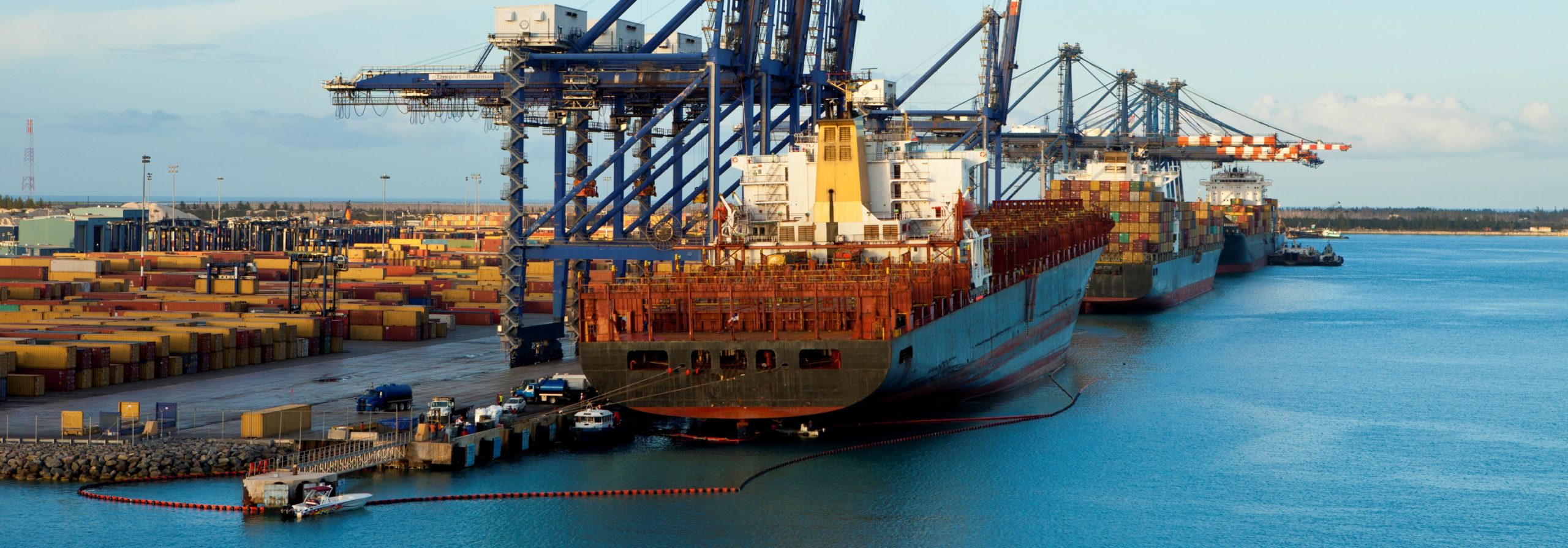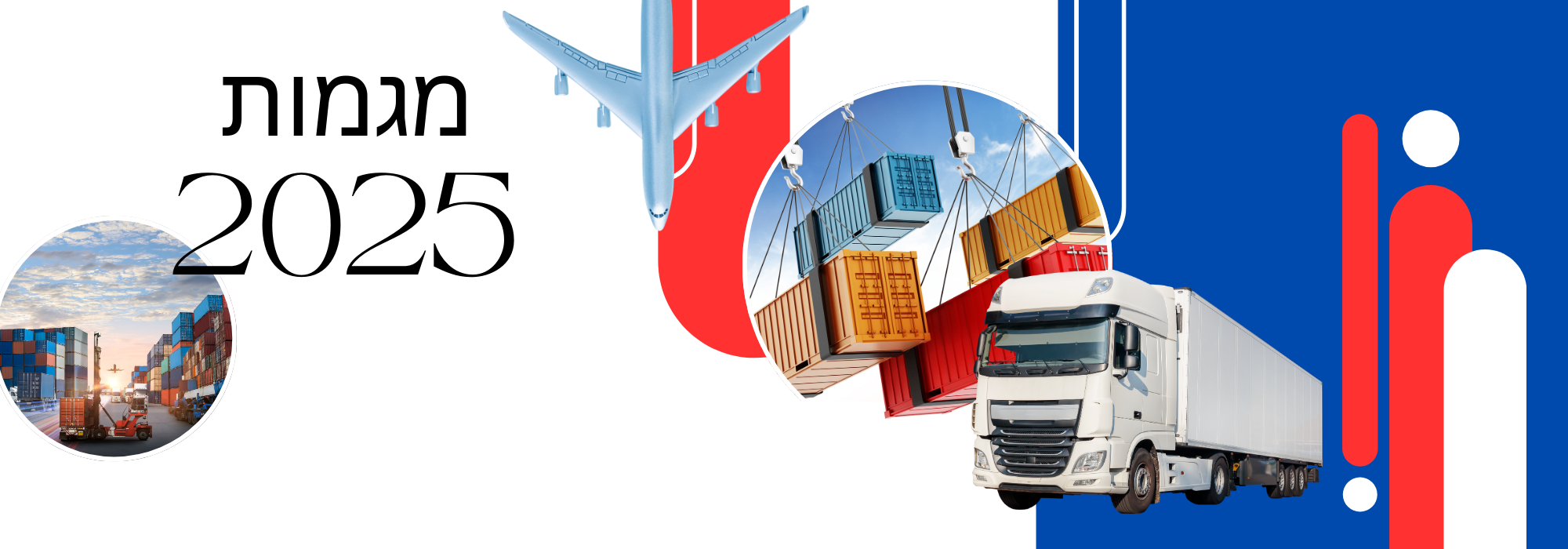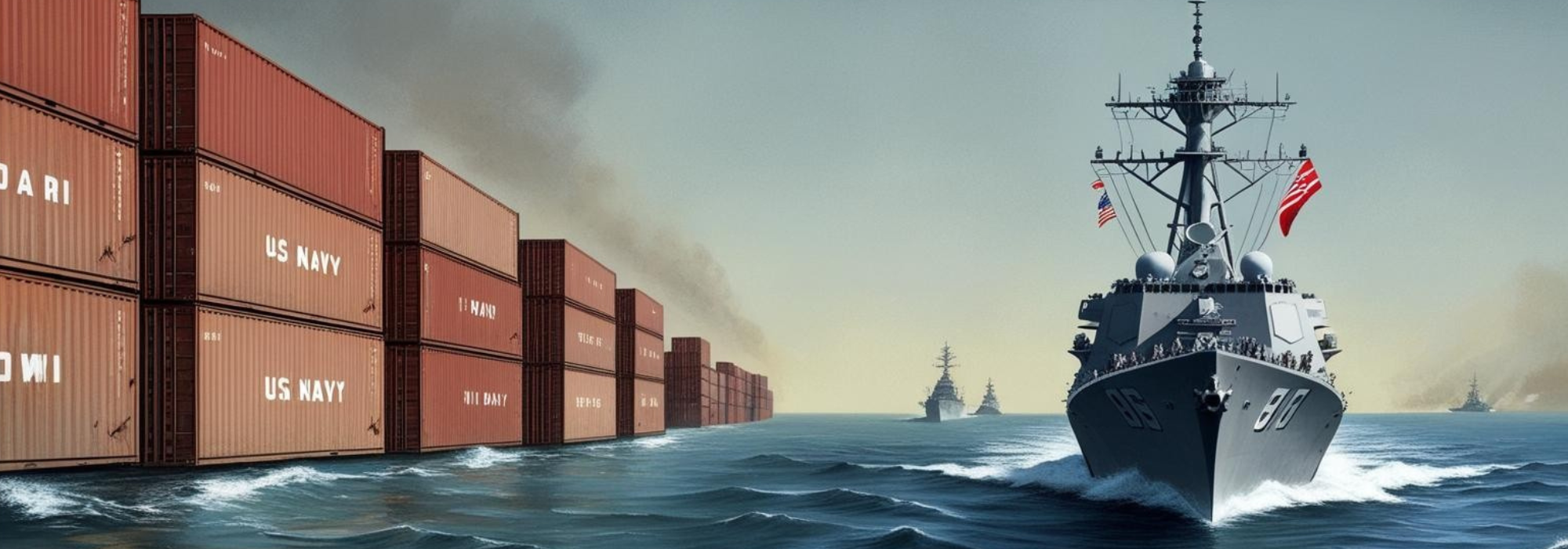Introduction
International trade has become a crucial driver of the global economy, and the transportation of goods between countries is an integral part of this process. Businesses, organizations, and private customers rely on complex shipping systems to import and export products and services across borders. International shipping is not a simple process; it involves various modes of transportation and different shipping methods, each with its own advantages and disadvantages. In this article, we will review the most common types of international shipping, including their benefits, drawbacks, and common applications. We will also present a summary table and provide tools to choose the most suitable method for different needs.
1. Types of International Shipping
1.1 Sea Freight
Sea freight is one of the most popular and cost-effective methods of transporting goods between countries. It is carried out using container ships that transport large quantities of cargo in standard containers. This type of shipping is particularly suitable for heavy or bulky goods that do not require fast delivery.
Advantages:
- Low Costs: Sea freight is usually cheaper than air freight, especially when it comes to large quantities.
- High Carrying Capacity: Container ships can carry large volumes of goods, including hazardous materials and oversized cargo.
- Various Storage Options: Less than Container Load (LCL) and Full Container Load (FCL) allow customization of the shipment according to the customer’s needs.
Disadvantages:
- Long Shipping Time: Sea freight takes much longer than air freight, which can be problematic for urgent products.
- Weather Dependency: Weather conditions can affect schedules and delay shipments.
- Additional Transportation Required: In most cases, additional transportation is needed from the port to the final destination.
Common Applications:
- Transporting bulk raw materials (such as oil, wood, and minerals).
- Shipping industrial products, machinery, and vehicles.
- Shipping refrigerated goods (such as food).
1.2 Air Freight
Air freight is carried out using airplanes and is used for transporting goods that require quick delivery, as well as valuable or sensitive products. It is one of the fastest ways to transport goods worldwide.
Advantages:
- Speed: Air freight is the fastest shipping method, suitable for urgent or seasonal goods.
- Security: Air freight is relatively secure, with less exposure to theft and damage.
- Tracking and Control: High ability to track the shipment and ensure timely delivery.
Disadvantages:
- High Costs: Air freight is more expensive compared to sea or land shipping, especially for large quantities.
- Weight and Volume Restrictions: There are strict limitations on the weight and size of shipments.
- Environmental Impact: Air freight contributes to higher greenhouse gas emissions.
Common Applications:
- Transporting high-value goods (such as jewelry and electronics).
- Shipping urgent items, including documents and perishable goods.
- Transporting sensitive medical products and pharmaceuticals.
1.3 Land Freight
Land freight is carried out using vehicles such as trucks and trains and is used for transporting goods between nearby countries or within the same country. It is a popular way to transport goods when there is no need for sea or air transportation.
Advantages:
- Flexibility: Suitable for transporting various types of cargo, including partial and full loads.
- Relatively Low Cost: Lower cost compared to air freight, especially for short and medium distances.
- Direct Access: Possibility of door-to-door delivery without the need for additional handling.
Disadvantages:
- Longer Shipping Time: Compared to air freight, land shipping can take longer.
- Regulatory Restrictions: Border crossings can be complicated and require extensive documentation.
- Environmental Impact: Use of fossil fuels in trucks contributes to greenhouse gas emissions.
Common Applications:
- Transporting goods within a country or between neighboring countries.
- Shipping construction materials and agricultural produce.
- Transporting finished products from factories to warehouses and stores.
1.4 Multimodal Transport
Multimodal transport refers to the combination of multiple transportation modes, such as sea, air, and land, to move goods from the origin to the final destination. In this method, a single contract covers all transportation modes, ensuring a seamless and coordinated shipping process.
Advantages:
- Logistical Flexibility: Transportation modes can be adapted to the changing needs of the customer and road conditions.
- Operational Efficiency: Centralized logistics management ensures smooth shipment flow between different modes of transport.
- Cost and Time Savings: Optimal combination of transportation modes can reduce costs and shipping time.
Disadvantages:
- Management Complexity: Requires deep understanding and coordination among all parties involved, including customs agents and shipping companies.
- Dependence on External Factors: Any disruption in one transportation mode can delay the entire shipment.
- Higher Overall Cost: Combining multiple transportation modes may increase the total shipping cost.
Common Applications:
- Shipping goods from one continent to another when a combination of rail, sea, and air is required.
- Transporting goods between countries without a shared land border.
- Shipping products that require a combination of tailored transportation modes.
1.5 Project Cargo
Project cargo refers to the transportation of particularly large, heavy, or non-standard goods that require special logistical planning, such as heavy machinery, prefabricated buildings, or large vehicles. This type of shipping often requires special permits and careful monitoring throughout the journey.
Advantages:
- Specialized Transportation Capability: Enables the transportation of goods that cannot be shipped using standard methods.
- Customized Planning: Tailored logistical solutions based on customer requirements and needs.
- Use of Various Transportation Modes: Combination of specialized ships, trains, and adapted trucks.
Disadvantages:
- High Cost: Project cargo shipping involves high costs due to the need for special planning and use of customized equipment.
- Complex Regulations: Strict regulatory and bureaucratic requirements, including permits and licenses.
- Dependence on Road and Weather Conditions: Project cargo is highly sensitive to road and weather conditions, which can delay the shipment.
Common Applications:
- Transporting heavy machinery and industrial equipment.
- Shipping prefabricated buildings or building components.
- Transporting heavy vehicles, such as tractors and engineering equipment.
2. Factors Influencing the Choice of Shipping Method
When choosing the appropriate shipping method, several key factors should be considered:
2.1 Type of Goods
Different products require different shipping conditions. Heavy and bulky goods are best suited for sea or land transport, while urgent and sensitive products are usually shipped by air.
2.2 Timeline
Are the products time-sensitive, or is delivery speed not critical? For fast delivery, air freight is preferable, while for non-urgent shipments, sea or land options can be chosen.
2.3 Budget
Costs vary among different shipping methods. Sea freight is generally the most cost-effective, but if the budget allows and speed is crucial, air freight is the right choice.
2.4 Legal and Regulatory Restrictions
Different countries impose restrictions on certain types of goods and shipping methods. It is important to ensure that the goods comply with the regulatory requirements of the destination country.
2.5 Required Storage Conditions
Some products require special storage conditions, such as controlled temperature or moisture protection. It is essential to choose the shipping option that provides the appropriate storage conditions.
3. Summary Table of Shipping Methods
| Shipping Method | Advantages | Disadvantages | Common Applications |
|---|---|---|---|
| Sea Freight | Low cost, high carrying capacity | Long time, weather dependency | Raw materials, industrial products, food |
| Air Freight | Speed, high security, easy tracking | High cost, weight and volume limitations | High-value goods, documents, medicines |
| Land Freight | Flexibility, low cost, direct access | Longer time, regulatory restrictions | Domestic transport, construction materials, agricultural produce |
| Multimodal Transport | Logistical flexibility, efficiency, cost savings | Management complexity, external dependency | Intercontinental shipping, time-sensitive products |
| Project Cargo | Specialized transportation capability, custom solutions | High cost, complex regulations, road/weather dependency | Heavy machinery, prefabricated buildings, heavy vehicles |
4. Conclusion
International shipping is an essential and complex part of managing the global supply chain. Choosing the right shipping method can significantly impact costs, delivery times, and service quality provided to the customer. In this article, we reviewed the different types of international shipping, each with its unique advantages and disadvantages, as well as the factors to consider when selecting the appropriate method.
Although each shipping method has its challenges, the correct combination of multiple modes of transportation, such as in multimodal shipping, can offer the optimal solution. Understanding the customer’s needs, the type of goods, timelines, and budget are key to choosing the most suitable method.
Ultimately, the goal is to select the shipping method that offers the best combination of cost, speed, and security, ensuring that the goods reach their destination on time and in the best possible condition. Businesses that manage their international shipping professionally and thoughtfully enjoy a competitive advantage and the ability to provide better service to their customers around the world.


















